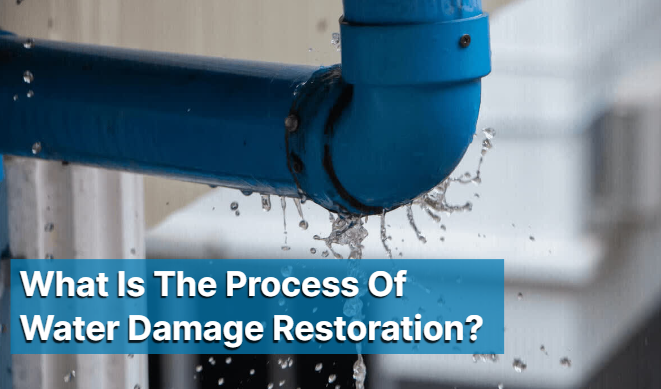Water damage is one of the most unwelcome surprises any homeowner or renter can experience. Whether it’s a devastating storm flooding your home, a burst pipe within the walls and ceilings, or even something like a large tub left running, water can cause massive destruction in no time at all. But when you’re facing an unexpected water event such as this, don’t give up hope, see this here. You might be surprised to learn that with some help from experts in the field of Water Damage Restoration, it may actually be possible to bring your house back to its former glory, even if things seem hopeless at first glance. Read on for more information about this life-saving process.
Assessment:
Assessment involves a thorough examination of the water damage, including;
- The source of the water
- The type of water
- The affected materials and surfaces
- The possibility of mold growth.
The source of the water is important to establish, as it can come from a clean or contaminated source, affecting the level of contamination and the necessary precautions needed during restoration.
The type of water is also a significant factor, as it can range from clean water, such as rainwater or a burst pipe, to gray water or black water, which contains varying levels of chemicals, bacteria, and other contaminants. This distinction helps determine the level of safety gear needed for the technicians, as well as the processes and chemicals used during the restoration process.
Another important aspect of assessment is determining the affected materials and surfaces, such as walls, floors, ceilings, and furniture. Different materials require different handling, and some may even need to be replaced if the water damage is severe enough. The assessment team must also check for signs of mold growth, as it can quickly spread and cause health issues if left unchecked.
Water Removal:
Water removal is the second crucial step to restoring a property that has incurred water damage. Once the source of water has been identified and addressed, the process of removing all the water begins. This process aims to reduce the water levels in the affected area, prevent mold growth, and restore the property’s structural integrity.
There are different methods of water removal, depending on the extent of damage and the water source. One common method is using pumps to extract the standing water. This works well for larger quantities of water that cannot be removed by other methods. However, for smaller amounts of water, a wet-dry vacuum cleaner can be used to remove the moisture.
Drying:
Drying is the process of removing moisture from the affected areas to prevent the growth of mold and other harmful bacteria. To achieve a successful drying process, proper tools and equipment must be used, such as industrial fans to increase airflow, dehumidifiers to remove moisture from the air, and moisture meters to monitor the progress of drying.
Drying processes can be classified into two types; natural and artificial. Natural drying involves the use of air and sunlight to dry out the affected area, while artificial drying involves the use of mechanical devices such as fans and dehumidifiers. Depending on the extent of the water damage, one may need to use both methods to achieve optimal results.
It is important to note that drying is not a quick process, and it requires appropriate time and attention. If not done properly, it may result in additional damage to the affected property. Drying, if done incorrectly, can also promote the growth of mold and other microorganisms, which can further damage the property and pose a potential health risk.
Cleaning And Sanitizing:
The cleanup process is crucial in ensuring that the area is safe and free of any hazards that could pose a threat to the health of the residents or occupants of the space. Professionals will also clean and sanitize all surfaces that have been affected by the water damage. This includes not only floors and walls but also furniture, fixtures, and personal belongings. They use specialized cleaning agents and methods to remove any contaminants that could pose a threat to the health of those occupying the space.
Restoration:
Restoration involves repairing or replacing any items that were damaged during the water damage event. This includes fixing water-damaged walls, carpets, and ceiling tiles, repainting walls, and replacing any ruined fixtures or appliances such as bathtubs or refrigerators.
With the help of an experienced water damage restoration company, you can rest easy knowing that your home is getting the necessary repairs it needs.
